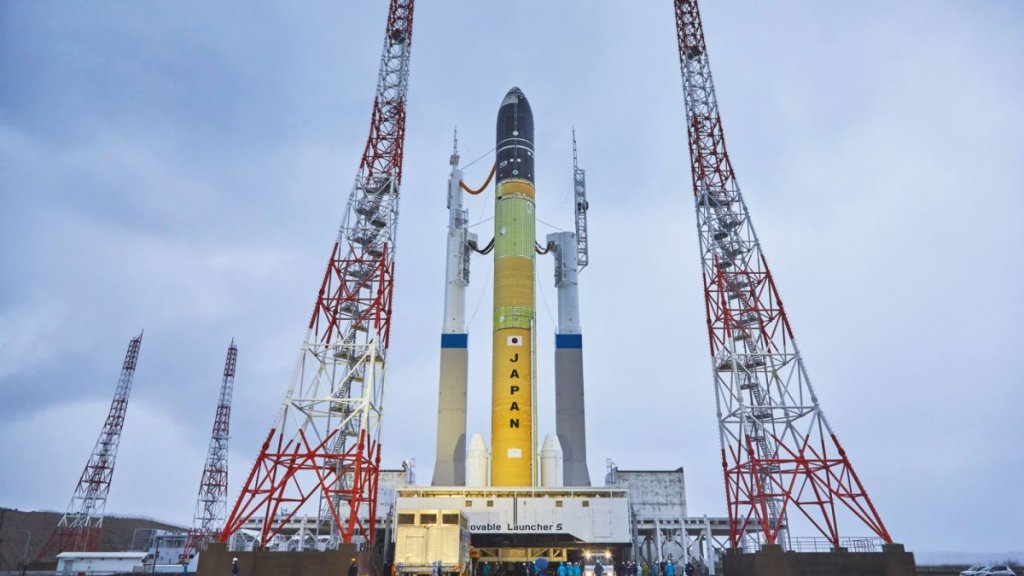Japan’s new H3 rocket will soon get a second chance to fly for the first time.
The Japan Aerospace Exploration Agency (JAXA) tried to debut the H3 on Feb. 16, but that attempt was aborted when the vehicle’s two solid rocket boosters failed to ignite as planned.
An investigation soon revealed the cause of the anomaly — a problem with the electrical system that supplies power to the H3’s core-stage engines — and worked to get the rocket ready for another liftoff attempt.
That attempt will now take place on Monday (March 6) from Tanegashima Space Center, if all goes according to plan, JAXA announced on Saturday (opens in new tab) (March 4). JAXA had been targeting Sunday (March 5) for the liftoff but pushed it by one day due to weather.
Launch is scheduled to take place during a roughly 6.5-minute window that opens at 8:37 p.m. EST (0137 GMT on March 7). You can watch the liftoff live here at Space.com, courtesy of JAXA.
Related: The history of rockets
Japan has big plans for the H3, which JAXA and its partner Mitsubishi Heavy Industries have been developing for the past decade. The H3 is designed to be flexible and cost-effective, JAXA has said, and will soon replace the nation’s workhorse H-IIA rocket.
Though this first mission is a test flight, the H3 will be carrying an operational payload — a 3-ton Earth-observing spacecraft called the Advanced Land Observation Satellite (ALOS-3, or Daichi-3).
The H3 will deliver ALOS-3 to low Earth orbit, if all goes according to plan. The sharp-eyed satellite will then study our planet in detail for a variety of applications.
“ALOS-3 aims to become one of the key tools for disaster managements and countermeasures of the central and local governments,” JAXA officials wrote in an ALOS-3 mission description (opens in new tab).
“The observed data from ALOS-3 is expected to lead to progress in the various fields due to its unique imaging capabilities; it will make a significant contribution to upgrading global geospatial information and research and application for monitoring of the coastal/vegetation environment,” they added.
Editor’s note: This story was updated at 6:20 p.m. EST on March 4 with news of the new target date of March 6.
Mike Wall is the author of “Out There (opens in new tab)” (Grand Central Publishing, 2018; illustrated by Karl Tate), a book about the search for alien life. Follow him on Twitter @michaeldwall (opens in new tab). Follow us on Twitter @Spacedotcom (opens in new tab) or Facebook (opens in new tab).

